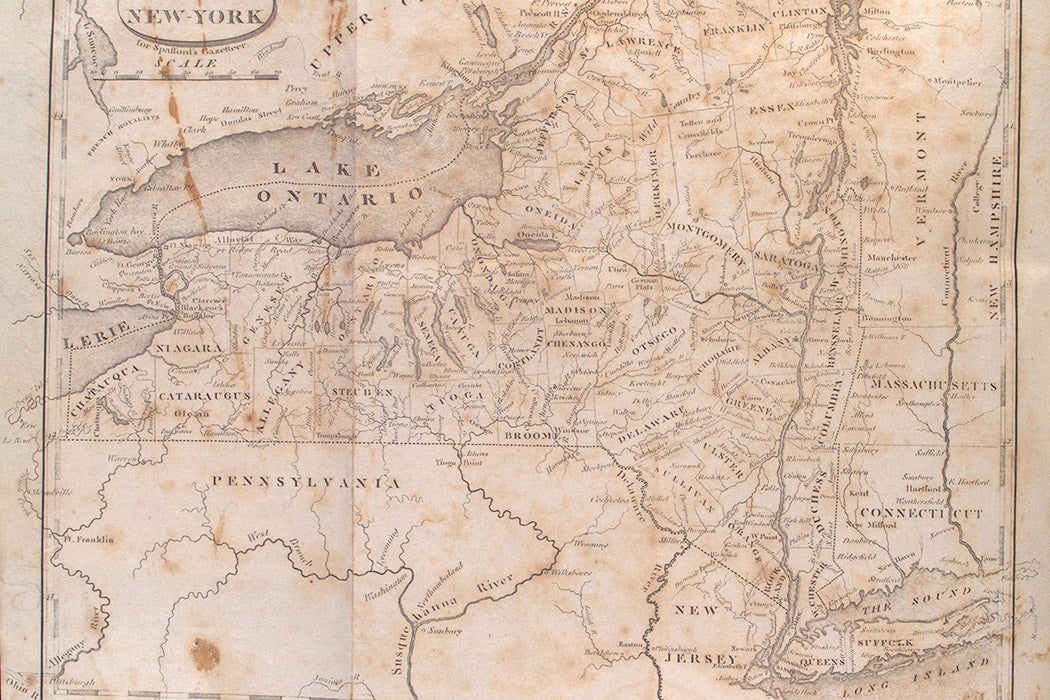Starting in colonial times, free Black men in New York had equal voting rights with their white counterparts—which is to say, they could vote if they owned sufficient property or paid sufficient taxes. But, as historian Sarah L. H. Gronningsater writes, as Black voters became an increasingly significant political force in the first decades of the nineteenth century, the state changed its laws to reduce their power.
When New York passed its first constitution in 1777, Gronningsater writes, most Black residents were enslaved and therefore denied voting rights. But over the decades that followed, the state banned the slave trade and approved a system for gradual abolition. Between 1790 and 1810, the number of free Black New Yorkers rose from 4,682 to 25,333.
Due to property restrictions on voting rights, many Black men weren’t eligible to vote. But for those who could, politics was often incredibly important because it was deeply personal. In 1810, there were still 15,000 people enslaved in the state. Typically, a vote for Federalist Party candidates was a vote for quicker and more complete abolition of slavery.
The rival Republican Party soon pushed to make it harder for Black men to vote. In 1811, the legislature passed a bill requiring Black men who wanted to vote to pay for an official “certificate of freedom.”
The certificates Gronningsater examined show the efforts men went to to retain the franchise. They got family members, prominent community leaders, and even former enslavers to swear that they were free and traveled from their hometowns to county seats to find officials who could issue the certificates. Often, family members or friends received certificates at the same time, suggesting that they supported each other through the process.
“From fishing villages on Long Island to farm communities on the Hudson and mechanic wards in New York City, they sought out officials to secure certificates,” Gronningsater writes.
Enough of them made the effort that Black voters continued to be a potential deciding factor in close elections. And, particularly in New York City, some organized to collectively work for candidates they felt would serve Black interest. As party alignments shifted, some politicians catered to them by opposing slavery in the state and in the country at large. Others also worked to further suppress the Black vote.
Weekly Newsletter
Finally, in 1821, a state constitutional convention virtually put an end to Black suffrage, creating extremely onerous requirements for property ownership for Black men while reducing the requirements for white men. This wouldn’t change until after the Civil War.
Nonetheless, the fact that Black men voted at all influenced the way they, and the white politicians whose fates they influenced, viewed their status as citizens.
“Immersion in the details of black New Yorkers’ certificates of freedom reveals anew how citizenship in the early Republic was forged—made real—through both individual and collective practices on the ground,” Gronningsater writes.
Support JSTOR Daily! Join our membership program on Patreon today.







